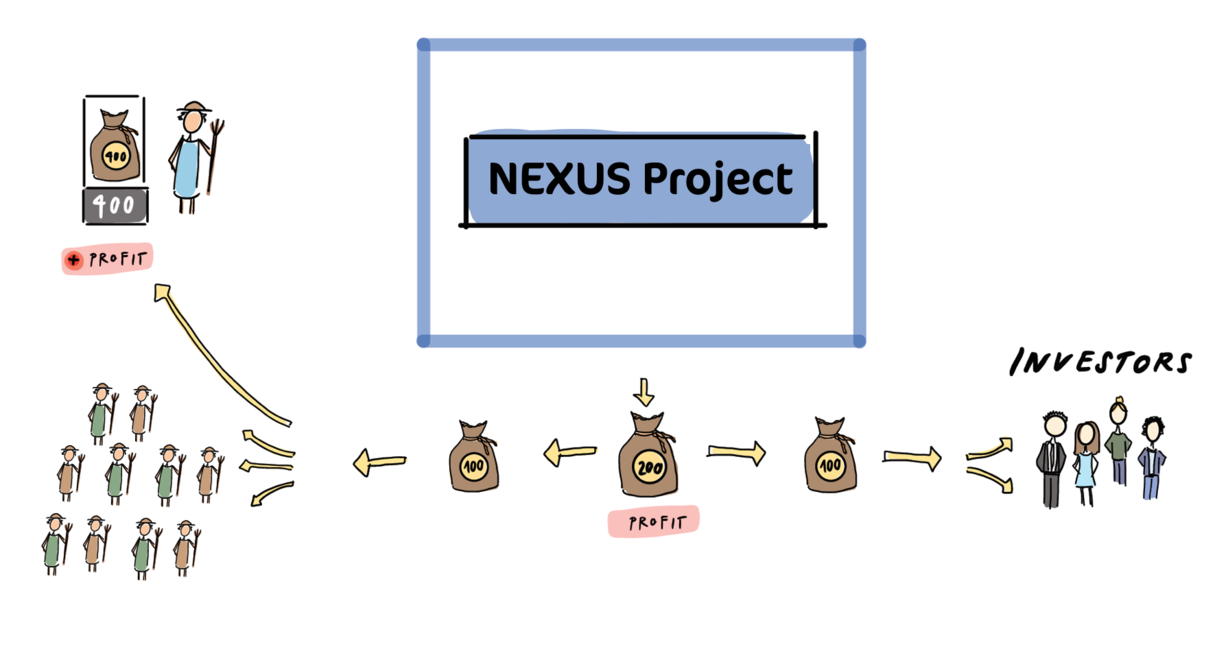
This headline caught my eye a few days ago. I thought I wasn’t reading it correctly: CHF 11,000 billion invested in safe bonds cost the investor money? The popular US bonds with a coupon of 2.2% are not even included. And these also make losses (at least for Swiss investors) after the 3% correction in interest costs between USD and CHF.
In other words, there is a lot of money sitting in bond accounts at the moment, which generate losses every day.
Well, from the perspective of the central bank that might make sense somehow. But if one compares this with the financing gap of USD 2,500 – 3,000 billion for achieving the UN Sustainability Goals, it is difficult to understand the investors’ mindset. It seems to be a simple calculation: Instead of continuing to invest the money with losses in bonds, one could use it to finance the achievement of the Sustainability Goals. According to the Business & Sustainable Development Commission, such investments could create around USD 12,000 billion of new market potential, which in turn would generate around 380 million new jobs. The included measures against climate change will result in savings of USD 26,000 billion by 2030.
This would therefore not only be an opportunity to tackle social problems holistically, making a contribution to the problem of emigration as a side effect, but also to combat climate change. And all this with the prospect of financial profits! Why is this not happening? Why do projects related to the UN Sustainability Goals often have to have a payback of less than 5 years with a return of >10% and a manageable risk to be considered by investors at all?
According to the current report by Swiss Sustainable Finance, investments in sustainability are in trend and show high growth figures. But if you take a closer look, these are primarily investments in accordance with ESG criteria (environment, social, governance). These are certainly useful, but often do not mean a real change in an investment strategy. Instead of coal-fired power plants, we are now taking stocks from electric vehicle manufacturers or solar cell producers into the portfolio while the return should remain as high as possible. These are primarily changes of ownership and not investments in the real economy. Investments in newer business models and products where the impact is to be measured, are unfortunately only 55.5 billion CHF out of a total of 716 billion CHF or 7.7%. At fund level, 18.3% or CHF 190 billion of Swiss funds report a sustainable portfolio compared with a total of CHF 1,041 billion.
The asset managers’ arguments as to why they are not making more investments in sustainability are interesting: The dominant argument was the “lack of conviction among client advisors about investments in sustainability”. It seems that despite everything, investments are still being made in accordance with the principles of asset growth.
At USD 30,000 billion in 2018, sustainable investments worldwide are valued as high as never before. In comparison with total privately held assets of USD 200,000 billion, however, this is only around 15%, with the vast majority of these investments being ESG investments (see above). Out of that, at an estimated USD 1,500 billion or 0.75%, effective investments in the real economy with impact monitoring are still very small.
It seems as if the financial sector is slowly embracing more sustainable models, but really only very slowly. And this despite the fact that alternative investment opportunities on the financial market are scarce and the need for sustainability investments is growing. Somehow one gets the feeling that many investors (or perhaps just their advisors?) are much more interested in increasing or securing their own assets (bonds!?!) than in investing in the future of our planet and our social society. Even though we now know that with a little willingness to take risks, a triple return (social, ecological and financial) is quite possible…
This is exactly where our projects start. We want to generate fair returns, but not on the back of natural resources or the social partners.
Source: nexus ch




0 Comment